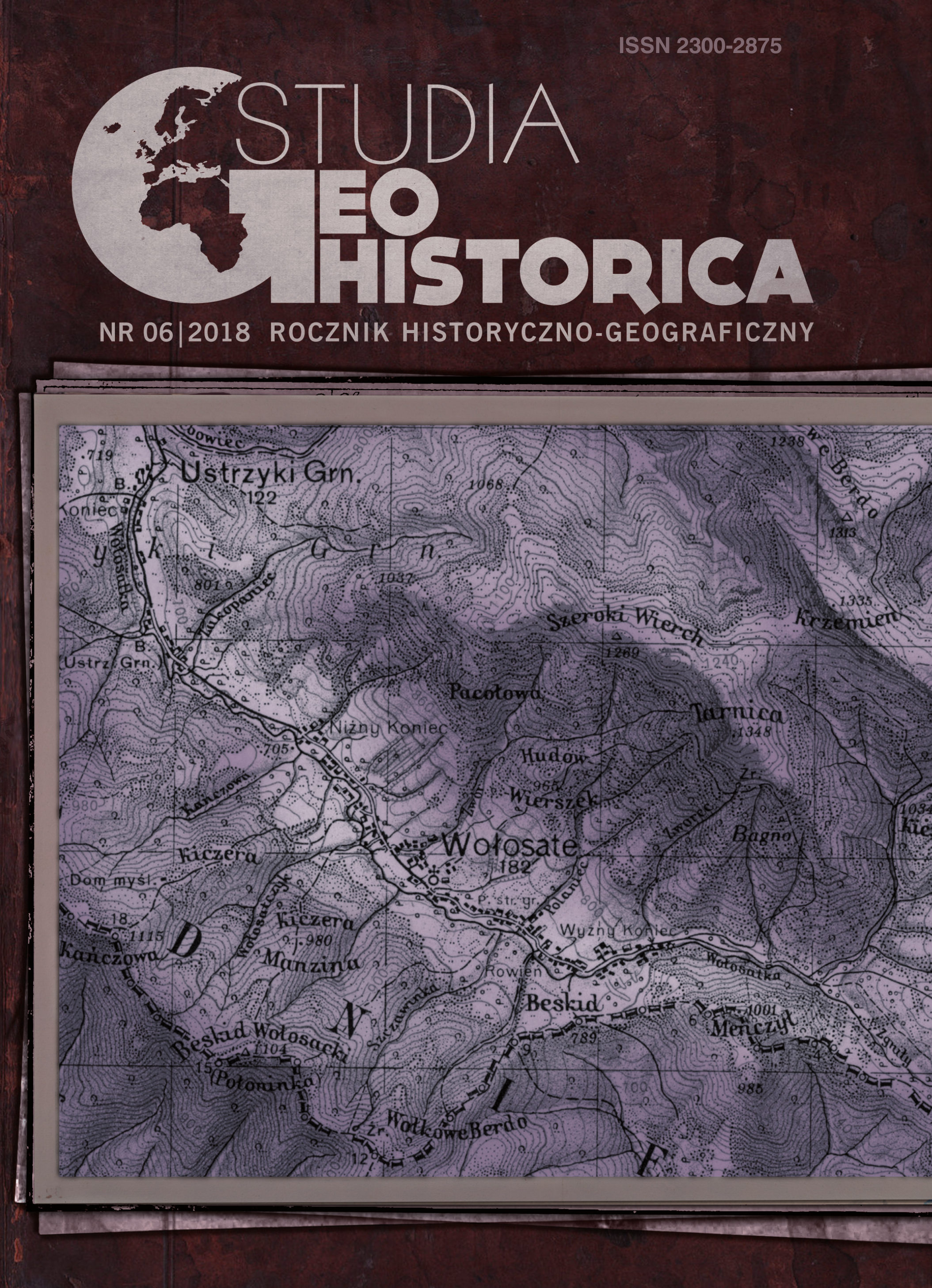The Past and Present of Historical Morphology of Rural and Urban Forms in Poland
The Past and Present of Historical Morphology of Rural and Urban Forms in Poland
Author(s): Tomasz FiglusSubject(s): Historical Geography, Maps / Cartography
Published by: Polskie Towarzystwo Historyczne
Keywords: rural forms; urban forms; settlement; morphology; morphogenesis; historical geography; Poland
Summary/Abstract: One of the key traditional scientific avenues of Polish historical geography is reconstruction of the cultural landscape while the studies of the origins and the external and internal composition of the settlement forms are its vital element. The article hereby attempts to summarise the state of the art in the field of historical morphology in Poland, which covers the works on genesis, historical physiognomy, and development of the spatial layouts of the villages and towns. It aims to systematise the scientific achievements so far by identifying the major research directions from a chronological and problem-oriented perspective and indicating the development paths of particular disciplines of historical geography in the foreseeable future. The beginnings of morphological research stem from studies of the influence of legal, political and economic conditions on the spatial layout of villages and towns. The geographical studies on the landscape attempting to determine the role of the environmental factors on the settlement forms also played a key part. However, after the WWII the morphological- genetic works, which scrutinised the process of settlement forms’ emergence and the changes in their spatial layout was most commonly represented. Such works were mostly based on source materials in the form of plans confronted with historical written sources. In Polish geohistoriography of towns’ and villages’ morphology, four basic scientific avenues can be observed: monographical-regional (aimed at studying particular settlement units or their collection within a particular area), problem-oriented (concentrating on selected planning aspects or particular morphogenetic factors), theoretical-methodological (attempting to understand the entirety of the process of development of spatial layouts via different methods and approaches), and synthetic-typological (aimed at creating comprehensive country- wide overviews and typologies on the basis of comparative studies). As far as morphological works are concerned, there are a number of scientific approaches observable: morphogenetic (i.e. a reconstruction of the overall circumstances of emergence and development of settlement forms), morphofunctional approach (i.e. an explanation of variability of planning forms regarding to the evolution of their socio-economic function), morphostructural (i.e. the study on the planning elements from the perspective of their spatial relations), and morphochorological (attempting to identify the types of spatial systems in time). The analysis conducted for the purpose of the article provides grounds for a conclusion that the state of the art in historical morphology of villages and towns in Poland can be deemed satisfactory, though some of the areas still require some in-depth studies and verification with use of new technological solutions.
Journal: Studia Geohistorica
- Issue Year: 2018
- Issue No: 6
- Page Range: 149-168
- Page Count: 20
- Language: English

